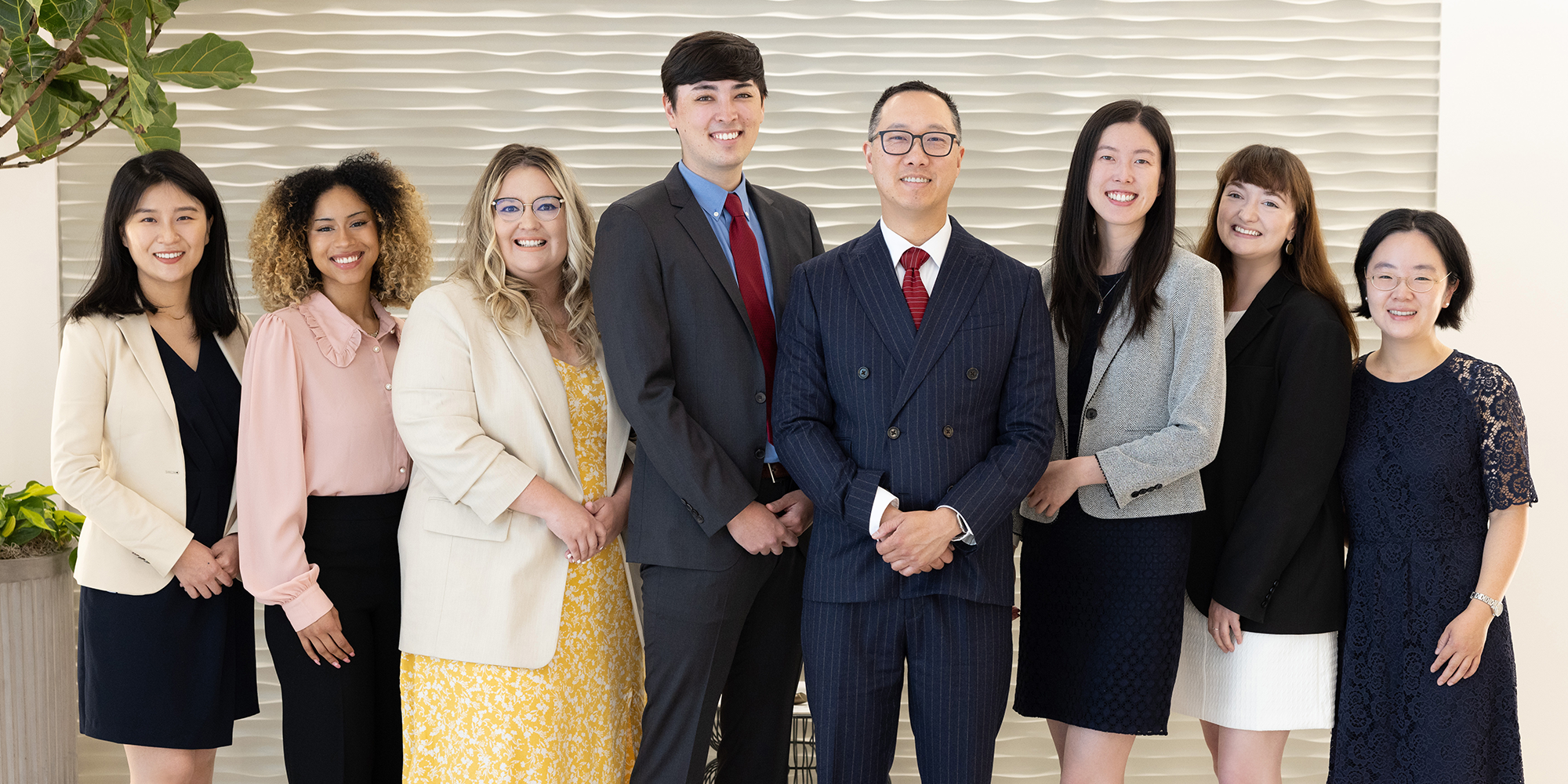The United States Citizenship and Immigration Services (USCIS) updated its rules and guidance to clarify how it evaluates whether an applicant qualifies for a O-1 nonimmigrant visa for “persons of extraordinary ability.”
The changes focus on STEM fields (STEM is an acronym for science, technology, engineering, and mathematics). These changes are published in Volume 2 of the Policy Manual and are the controlling factors that overwrite or supersede previous versions. The new policies went into effect immediately.
Establishing eligibility
While the O-1B is traditionally for those with extraordinary ability in the arts, business, education, and athletics, the O-1A nonimmigrant visa is for the STEM fields mentioned above. The USCIS defines O-1A’s extraordinary ability as:
· Has extraordinary ability in the sciences, education, business, or athletics as demonstrated by sustained national or international acclaim
· Have achievements recognized in the field through extensive documentation
· Is coming to continue work in the area of extraordinary ability (but not necessarily that the particular duties to be performed require someone of such outstanding ability)
Standards of documentation
The classification standards must also include sustained national or international acclaim and demonstrated extraordinary achievement. Applicants must also be recognized in their field through extensive documentation or citation. Examples include:
· The beneficiary is internationally or nationally recognized prizes or awards for excellence.
· They have membership in respected professional associations related to the potential classification.
· There are profiles in professional journals, trade publications or notable media about the beneficiary. These profiles should relate to the beneficiary’s work in the field of their classification. The applicant must include the title, date and author’s name of the profiles and an English translation if necessary.
· The beneficiary has proof that they appeared on a panel or formally judged the work of others.
· They have proof of original scientific, scholarly, or business-related contributions of major significance in the field.
· The beneficiary has proof that they were employed in a critical or essential capacity by reputable organizations related to their field.
· The beneficiary has proof that they are paid a high salary or will command a high salary or other remuneration for their services, using contracts or other reliable evidence.
Some beneficiaries may qualify but do not have clear classifications or definitions for the O-1A and O-1B. If unclear, they should provide evidence to substantiate claims in either group. There are also some questions regarding new forms of media and different kinds of internet content. These will be generally categorized by the industry and regulatory oversight the beneficiary works within or under.
Comparable evidence
The applicant may also use comparable evidence under certain circumstances. While STEM professionals typically embrace rigorous documentation and evidence to justify their work, comparative evidence may be necessary for extremely new or innovative work. They must prove that traditional evidence does not apply to their work. Nevertheless, they must still meet at least three types of evidence listed in the criteria. The standards for comparable evidence must be equal to the listed criteria.
Evaluating the evidence (the new change)
The officers consider all the above in evaluating the evidence. Officers can also put weight toward the following:
- The prestige of an award
- Their role as authors of an article
- The size of their body of work in relation to others in the field
- The status of the organization, institution, school or business where they are employed
- Unsolicited offers to speak at a conference
- Involvement in a competitively funded U.S. government grant for STEM research
This last criterion regarding STEM research is a new addition to the evidence used for evaluation of eligibility. In general, this change to the eligibility factors follows along with the Biden administration’s focus on attracting STEM workers to the United States by making it easier for these STEM workers to obtain immigration benefits under our current system. We expect to see additional changes to the Policy Manual in the next couple years to make it easier for those in STEM fields to live and work in the United States.


